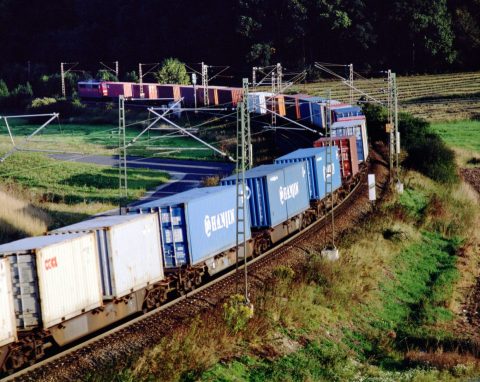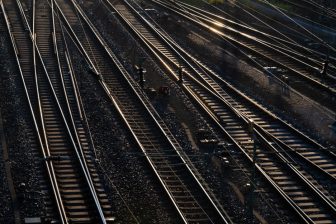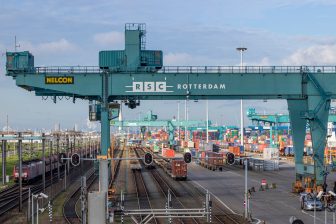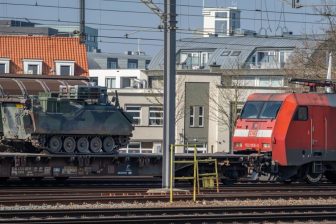
Germany: rail freight to increase 25 per cent by 2030
2021 will be the starting point for more investments in Germany’s rail sector. The Federal Ministry of Transport and Digital Infrastructure (BMVI) aims to stimulate companies to use rail more for the transportation of their products. To achieve that it has introduced some measures that allow better access to the sector. Among them, one can find plans for easier and faster access to rail infrastructure. Additionally, the Ministry set up a funding program of 200 million euros to encourage private investments.
Do you want to read the full article?
Thank you for visiting RailFreight.com. Become a member of RailFreight Premium and get full access to all our premium content.
Are you already a member?
Having problems logging in? Call +31(0)10 280 1000 or send an email to customerdesk@promedia.nl.




